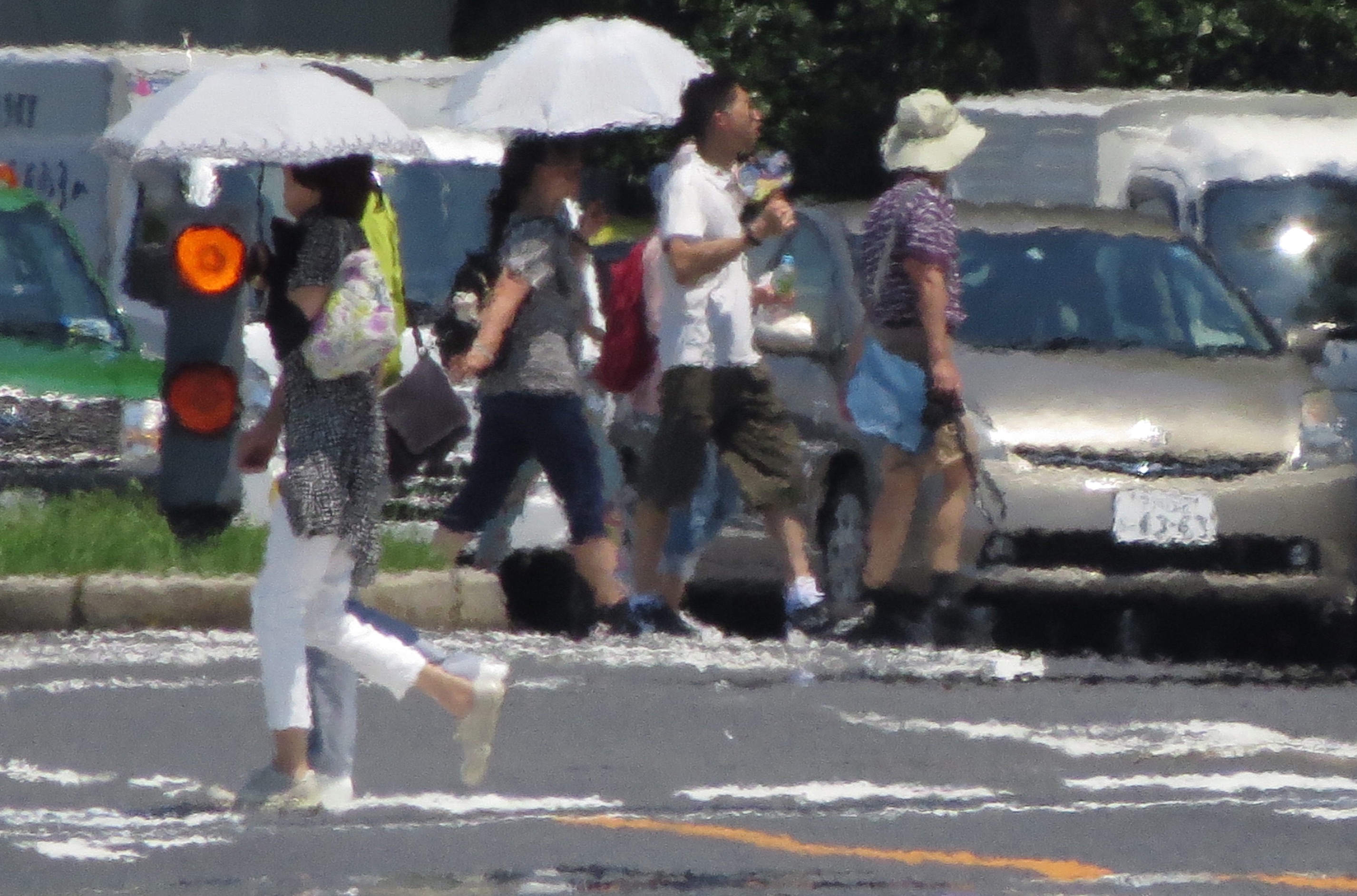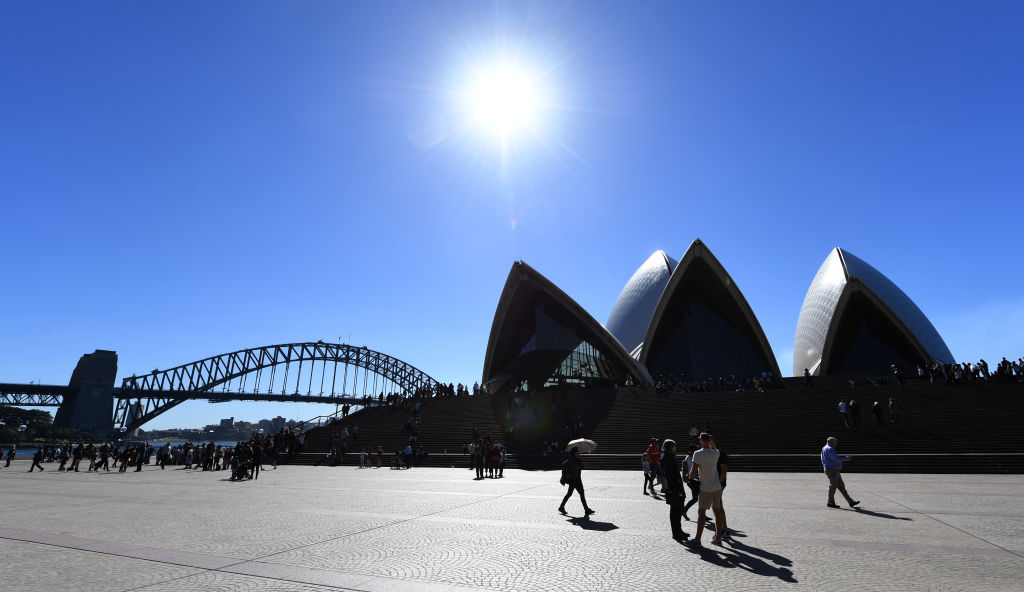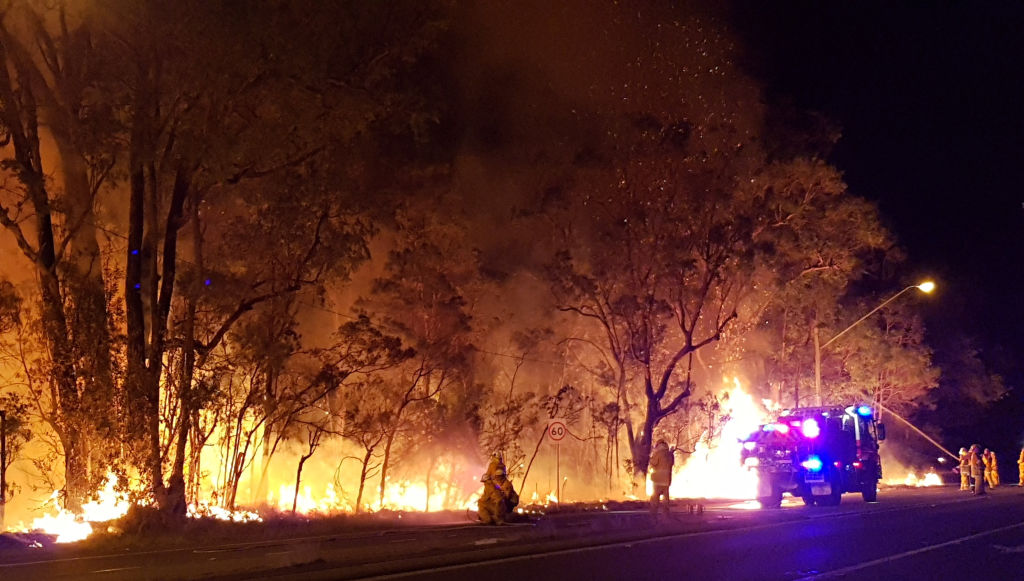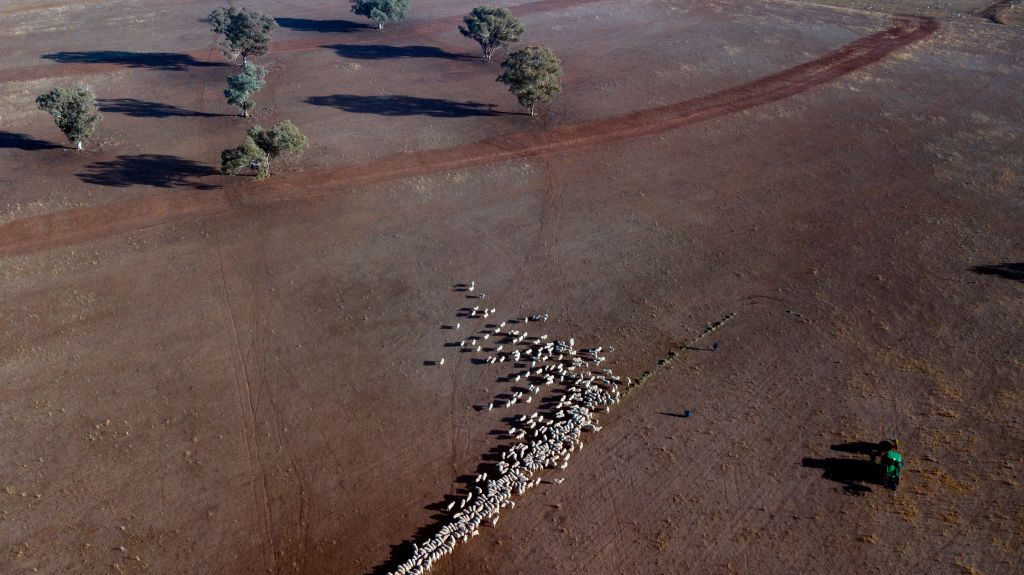
Sciences & Technology
Heating up: How rises in global temperature could damage the Reef

With no end in sight for the drought, bushfires already causing problems in Eastern Australia and a looming El Niño, the coming Australian summer could be a shocker
Published 11 September 2018
Over the past three months, the Northern Hemisphere has experienced unprecedented heatwaves, crashing through previous temperature records.
During the northern summer, Algeria experienced the hottest day ever recorded in Africa at 51.3°C.

Japan had its hottest day on record with 41.1 °C. In the United States, California had its worst wildfires on record after experiencing scorching temperatures of up to 45°C. And in Greece, 98 people died in the deadliest wildfires the world has seen since Black Saturday.
But as the southern half of the planet heads into our summer, it looks like Australia could follow the trend set by our northern cousins.

Sciences & Technology
Heating up: How rises in global temperature could damage the Reef
We’ve already had a warm, dry autumn followed by a similar winter across all states this year, aggravating the current drought in south-east Australia. This autumn also had the second lowest rainfall since the Federation drought, which began in 1895 and reached its peak in 1901 and 1902.
And it’s a trend we need to get used to.
Dr Andrew King, a Climate Extremes Research Fellow in the School of Earth Sciences at the University of Melbourne, predicts more heat extremes are coming.
“Australia has got a long-term warming trend; the country has warmed 1°C over the last century,” Dr King says.
“Over winter, we’ve already had unusually warm weather in parts of eastern Australia; Sydney had a new record number of 20°C days in August, for example, so it’s likely that large parts of Australia will see more heatwaves.”
Australia’s summer temperatures are partly driven by the El Niño Southern Oscillation (ENSO).

“When the eastern and central Pacific is very warm on the equator we tend to have dryer and warmer summers in Australia,” Dr King says.
While we can hope the climate forecasts are wrong, Dr King says they are constantly improving, thanks to increasingly sophisticated tools.
“We use computer models in our predictions, and although there’s a level of uncertainty, we compare what has happened in the real world with what our models think should have happened and they match up fairly well,” Dr King says.

Environment
The great (climate) depression
In the short term, the Bureau of Meteorology’s outlook for spring is “warmer than average for Australia.”
And looking further ahead, Dr King says climate experts have medium to high confidence that for northern Victoria, New South Wales and Queensland, summer will likely be drier and warmer than normal.
Melbourne, however, is not at as great a risk of heat extremes this coming summer, according to Dr King. This is largely due to its geographical location on the south of the Great Dividing Range, which makes it a bit more removed from the tropical Pacific, and less impacted by El Niño events.
An El Niño summer normally leads to fewer tropical cyclones, which is good, but it also leads to less much-needed rain, especially for interior Queensland, which is not good news for already drought-stressed Australian farmers.
A prediction of a hotter and drier summer also brings with it an increased risk of bushfires.

“There have already been some bushfires in New South Wales and southern Queensland; so it seems like this bushfire season will be worse and longer than normal,” says Dr King.
The earlier bushfire season could also cause problems by limiting prescribed burns, which reduce potential fuel for bushfires.
“With the bushfire season approaching earlier this year there’s a narrower time in which to do these interventions. Bushfires are more likely to get out of control.”

Environment
Mental health in a changing climate
“Australia has had droughts in the past before humans changed the climate very much,” Dr King says.
“But it’s likely that the current drought is a bit worse than it would be without climate change.”
Dr King says drought cannot be measured by rainfall deficits alone; there are several other measures, including water evaporation and how quickly the water is lost into streams and rivers following a rainfall.
“It’s likely that climate change is worsening droughts in terms of just heating up the surface, so we’re basically losing the water very quickly through evaporation.
“But it’s hard to actually say quantitatively how much worse because we only have measures for rainfalls.”
Dr King and his colleagues work in the field of climate attribution, where scientists can estimate how much more or less likely an event has become due to human influences on the climate.

He says climate change has massively increased the likelihood of having extremely hot summers.
For example, following the intensely hot summer of 2012-2013, a study led by Dr Sophie Lewis, a former Research Fellow in the School of Earth Sciences at the University of Melbourne, found a direct link between climate change effects and the exceedingly high temperatures recorded that summer.
The likelihood of those temperatures occurring was increased by at least two and a half times because of climate change.
Additionally, recent research from the University of Melbourne and ANU shows that if global temperatures increase by another 1°C, Melbourne and Sydney can expect to sweat through 50°C summer days.
So, as we head into spring, start preparing yourself for many more scorching Australian summers.
This article was written by masters students at the University of Melbourne, as part of their coursework for the subject Science Communication (SCIE90012).